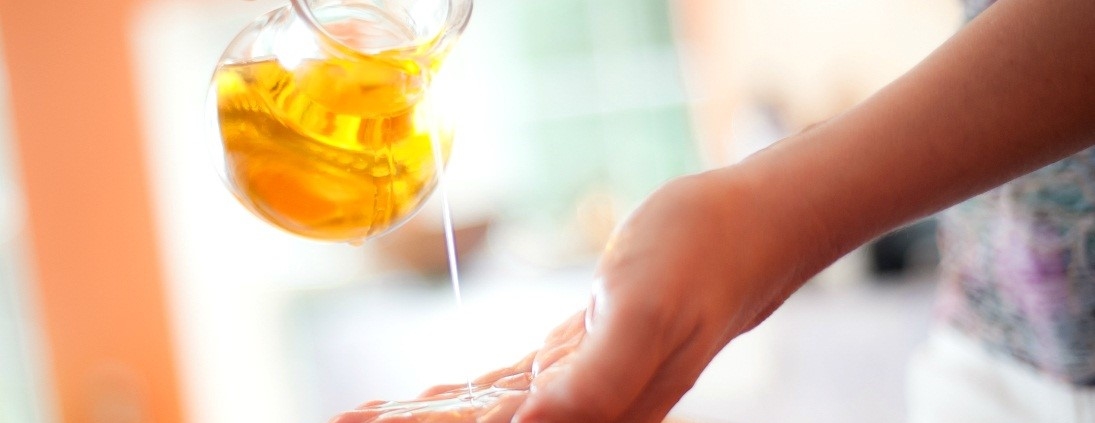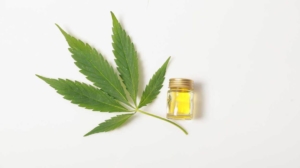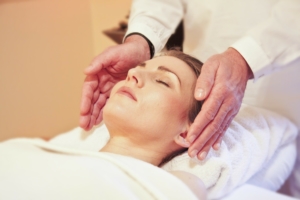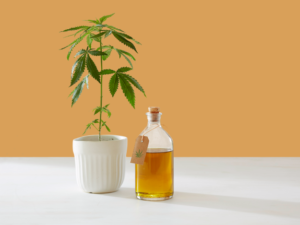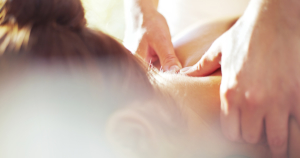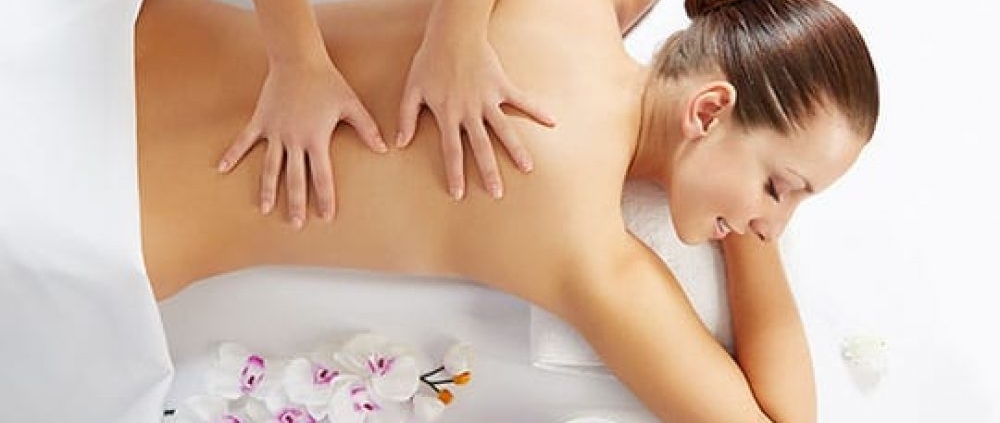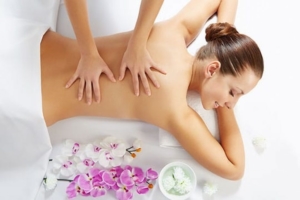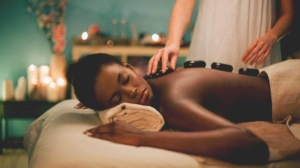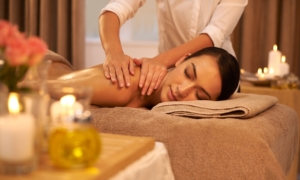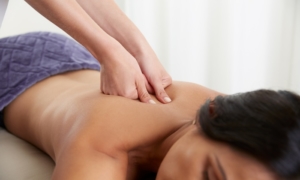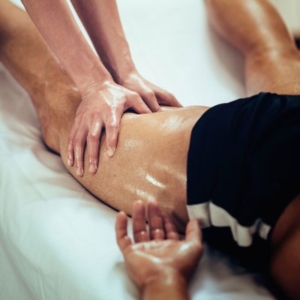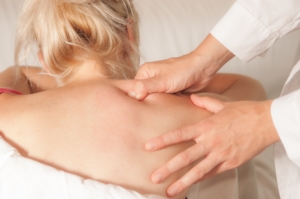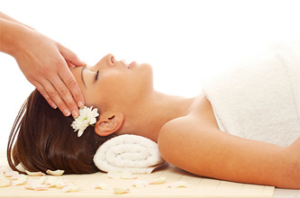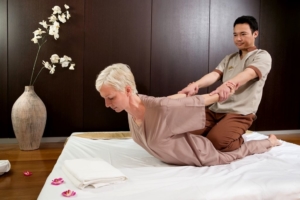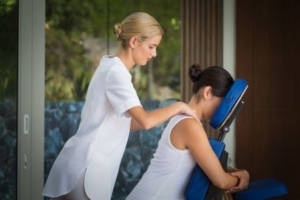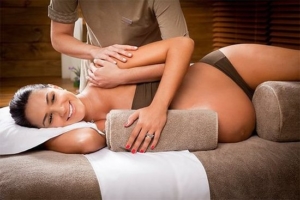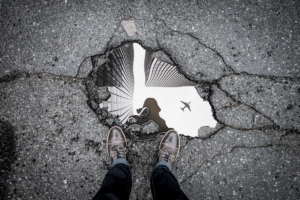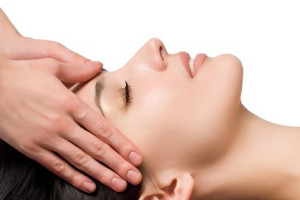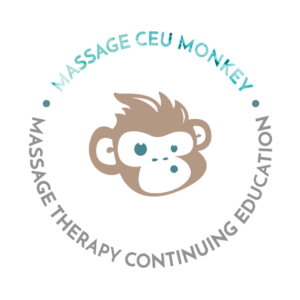CBD Oil & Massage: Controversy & Possible Benefits – Massage CEU
CBD Oil
CBD oil has garnered much attention in recent times regarding it’s use and regulation. In this short article, we explore some of the controversies and potential benefits surrounding CBD.
CBD, known as cannabinoids, is just one of the numerous compounds found in the cannabis plant. The cannabis plant is often referred to as the hemp or marijuana plant. The CBD is extracted from the plant and can be used in many different ways to help treat a lot of different disorders, such as epilepsy, cancer, anxiety disorders, diabetes, and inflammatory diseases.
CBD oil is slowly gaining popularity in massage therapy because of it’s benefits, especially to those with inflammatory diseases. In comparison to many medications and drugs used to treat inflammatory diseases, CBD has little to no side effects. This is great because most medications for inflammatory diseases, such as rheumatoid arthritis, come with a large number of possible severe side effects.
Benefits of CBD Oil
In regards to inflammation, the CBD oil helps to increase blood flow, loosen muscles, and is absorbed through the skin to activate our body’s own cannabinoid receptors for beneficial effects in the body. CBD works to indirectly interact with the CB1 and CB2 receptors, which helps to reduce the inflammatory response and relieve muscle stiffness.
Most people associate massages with relaxation. But sometimes when our body is inflamed and in pain, it can still be slightly painful while trying to work out all of those kinks. CBD oil can help body and tissues relax as it desensitizes pain so that the client can fully enjoy the massage, while getting all of the great benefits of this plant oil.
CBD oil may also be beneficial for the skin, with moisturizing and protective properties. It may help with acne, dry skin, eczema, psoriasis, and even bug bites.
Side Effects of CBD Oil
There are so many positives to using CBD, but it does not come without possible side effects. Most people show little to no side effects, but in some cases individuals may experience tiredness, insomnia, irritability, nausea, diarrhea, changes in weight and changes in appetite.
It’s important for people to speak to their doctor before using CBD oil, especially if they are taking medications. CBD can work as a blood thinner, which can increase the risk of low blood pressure. CBD has been known to have bad interactions with medications that warn about grapefruit as well. Grapefruit and CBD oil are both known to block and bind the enzyme CYP450. The last side effect to be aware of is that CBD oil can increase the risk of liver toxicity in high doses.
The Controversy Surrounding CBD Oil
Misconceptions and hesitation still surround the use of CBD oil. Many people still believe that CBD is marijuana. They are very closely related to each other, but serve two very different purposes.
While CBD oil is only illegal in 3 states, it is highly regulated in most states because there is not enough research on it. For the states that do not allow CBD oil at all, their main concern is that CBD oil has not been recognized by the FDA. For example, in South Dakota, CBD products are only allowed if they are approved by the FDA. The FDA has approved a CBD solution called Epidiolex. At this time, additional research on CBD oil is needed.
Research on CBD Oil Efficacy
In one study, rats were used to see if CBD would reduce inflammation. Rats were induced with arthritis and then applied CBD gels for 4 days. They monitored the level of inflammation in the rats and their level of activity. At the end of the study, it showed that the CBD gel significantly reduced joint swelling and pain and that the CBD showed no signs of any negative side effects.
Cannabidiol in Anxiety and Sleep: A Large Case Series
In this 2019 research study, researchers sought to determine if CBD could help improve people’s sleep and/or anxiety. This study recruited 72 adults who were dealing with anxiety and sleep complaints. Researchers used sleep and anxiety scores to measure their findings. The participants were given CBD 25 mg/d in a capsule form. These scores were taken at baseline and after the CBD treatment. The study lasted for one month. Patients dealing with anxiety problems were given one capsule every morning after breakfast. For patients with sleep issues, they were given one capsule every night after dinner. Within the month, fifty-seven patients saw a decrease in their anxiety and continued throughout the duration of the study. Out of the patients dealing with sleep issues, forty-eight of them had decreased sleep scores. Three out of seventy-two patients did not tolerate the CBD well. Two of the three patients dealt with fatigue that caused them to drop out of the study early. The third patient experienced an increase in sexually inappropriate behavior due to a developmental disorder that interacted badly with the CBD.
While we still need a lot more research done on CBD, we can all agree that it is showing great progress and hopefully it continues to become more widely accepted. CBD is already showing to be extremely helpful in massage and in treatment for epilepsy. As we continue to learn and research on the benefits of CBD, hopefully the bad stigma surrounding CBD will diminish so that we can work towards a better, healthier way to treat more diseases and disorders, and work towards helping people live a more fulfilled life.
References:
McKellar, S. 2018. “What Are The Benefits of Getting A CBD Massage?” NanocraftCBD
Durrheim, A. “Cannibus Oil- Why Such Crazy Controversy?”. Endoca
Wong, C. 2018. “CBD Oil: Benefits, Uses, Side Effects, and Safety”. Very Well Health
Hammell DC, Zhang LP, Ma F, et al. Transdermal cannabidiol reduces inflammation and pain-related behaviours in a rat model of arthritis. Eur J Pain. 2015;20(6):936-48.
Shannon S, Lewis N, Lee H, Hughes S. Cannabidiol in Anxiety and Sleep: A Large Case Series. Perm J. 2019;23:18–041. doi:10.7812/TPP/18-041

